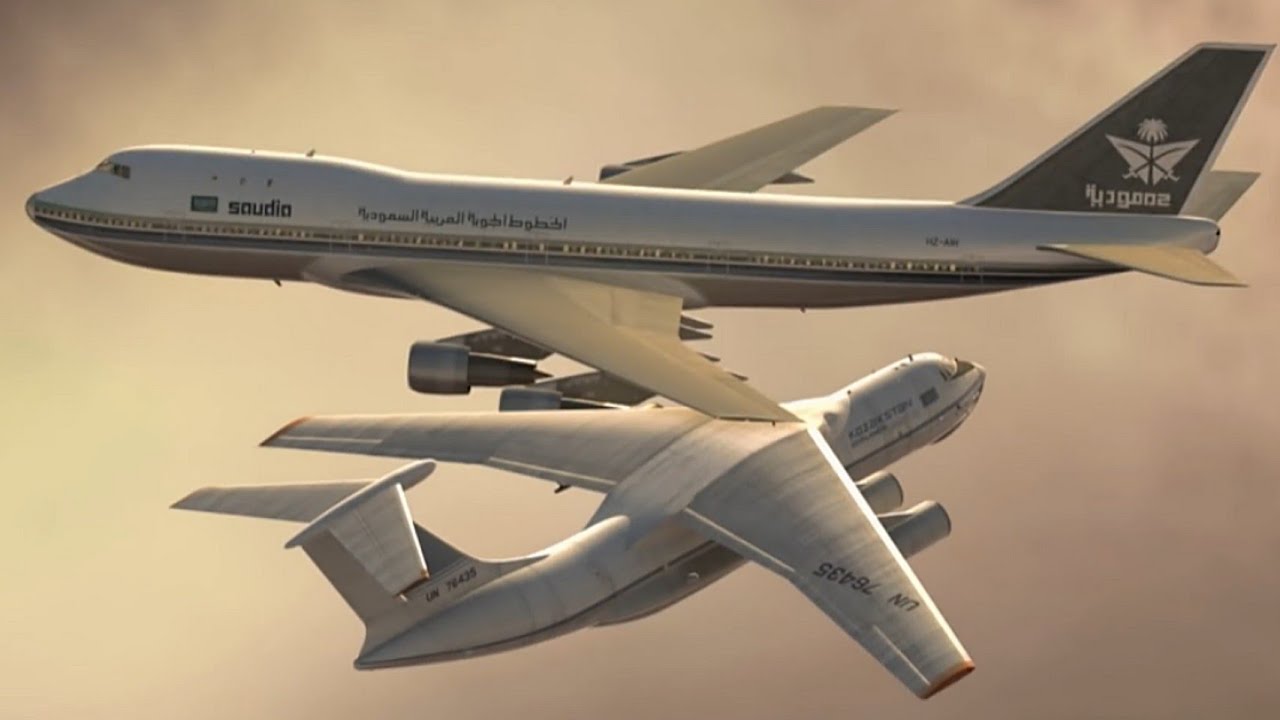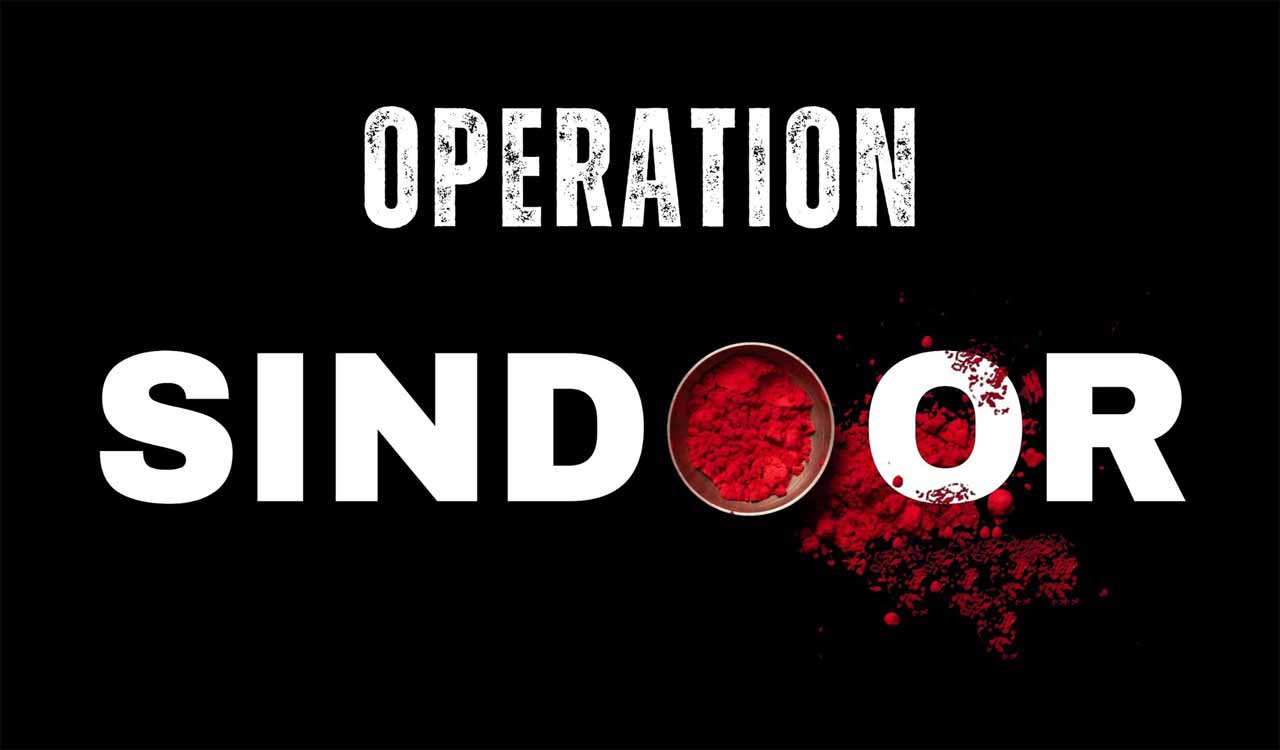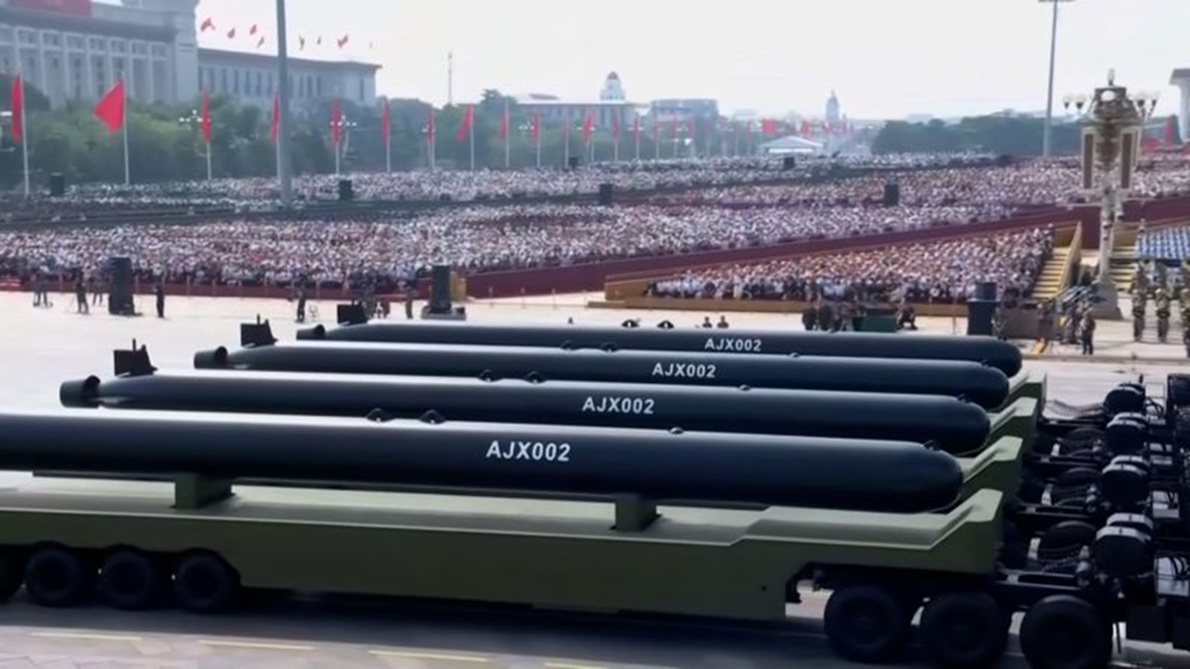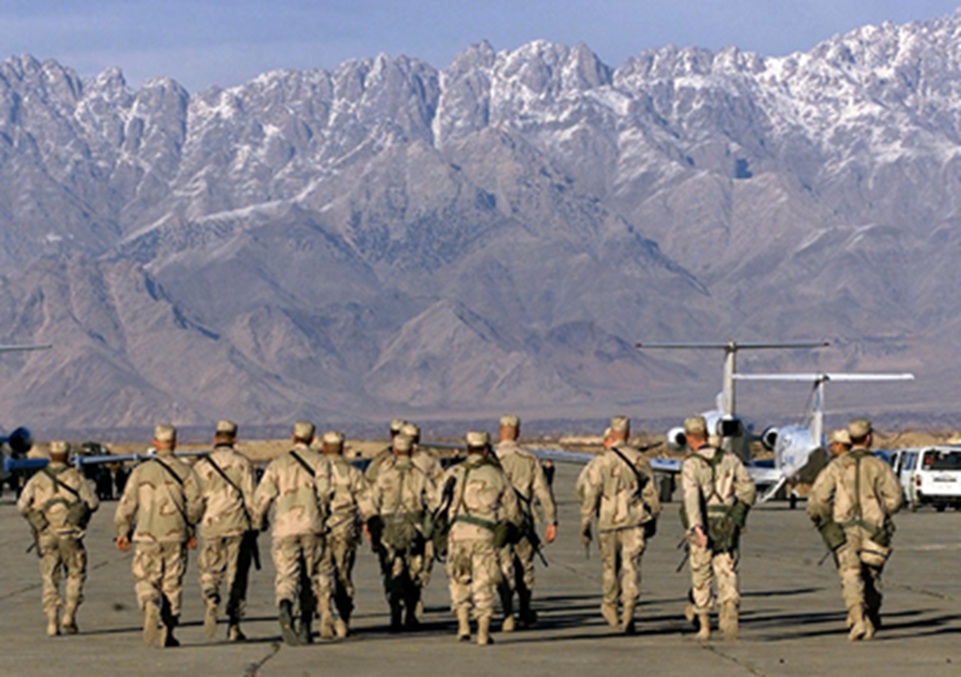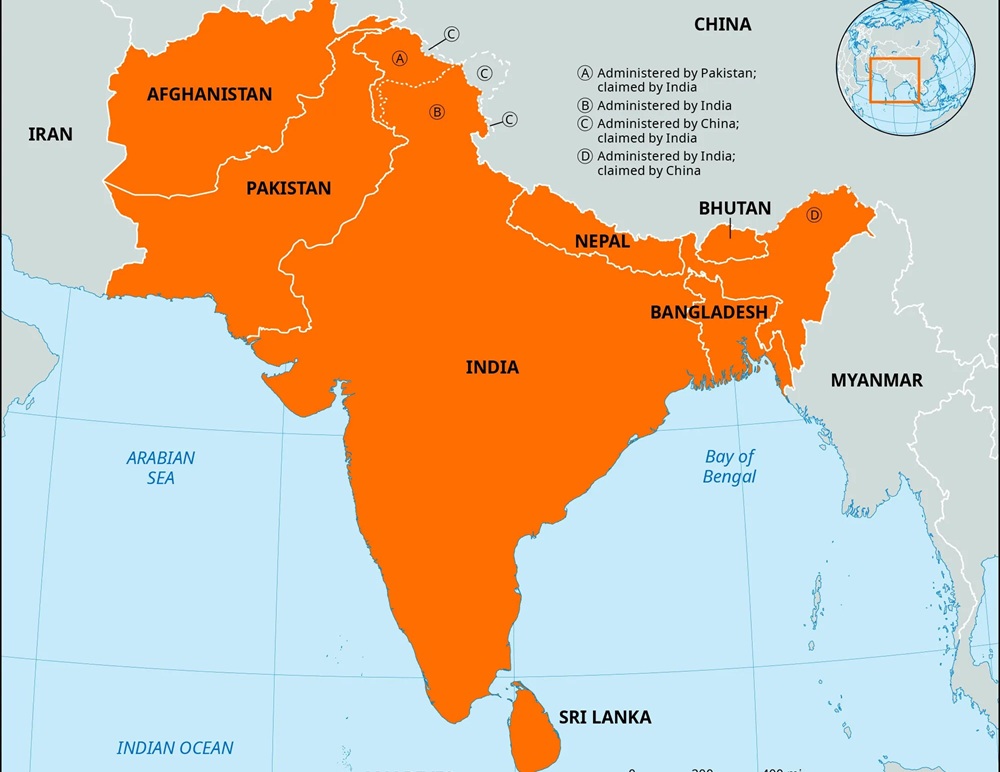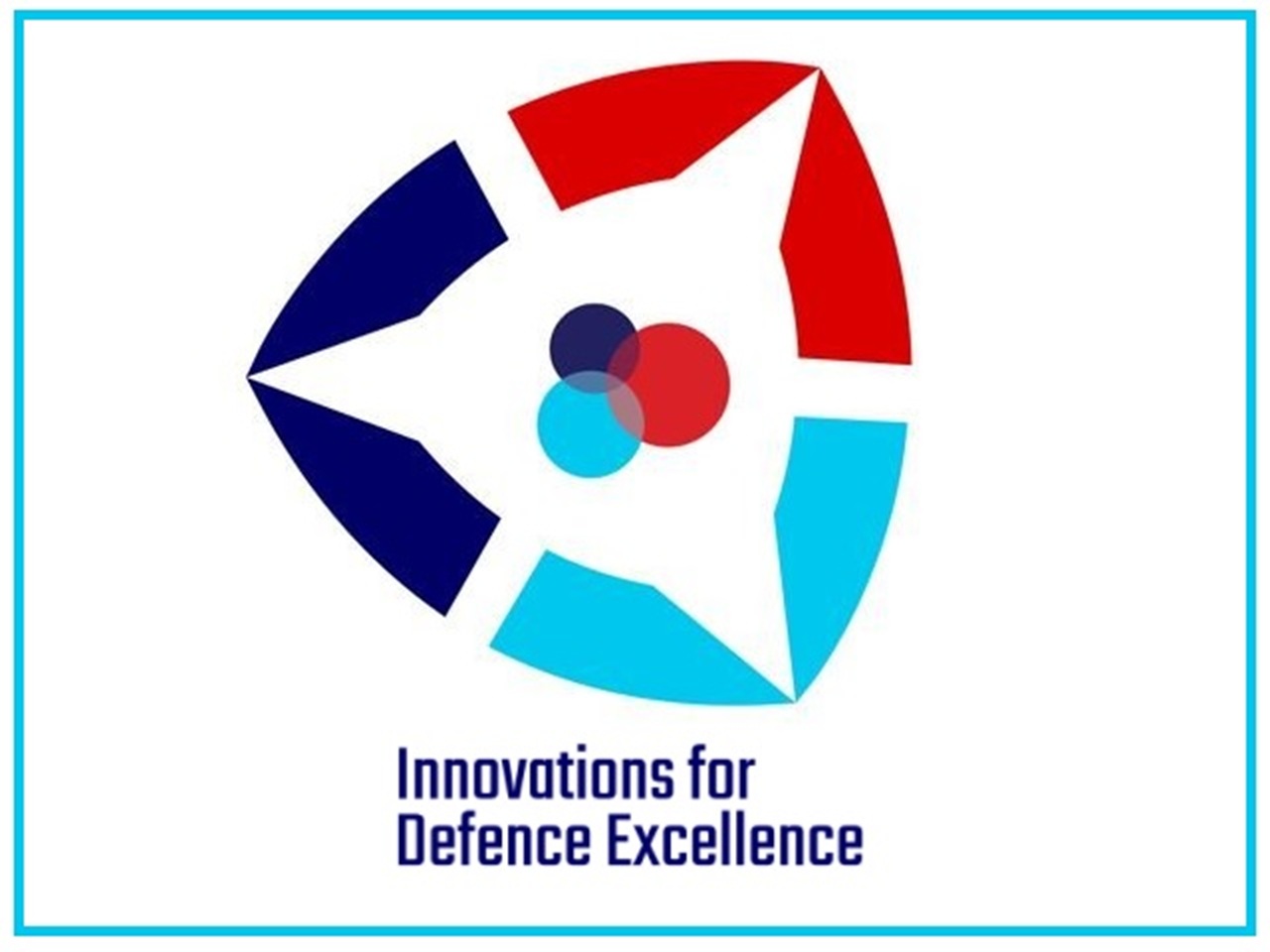On January 29, 2025, American Eagle Flight No. 5342 under a codeshare agreement with American Airlines, a Bombardier CRJ700 airliner had a mid-air collision with a helicopter of the United States Army, Sikorsky UH-60 Black Hawk over the Potomac River, nearly one kilometre from the end of runway 33 of Ronald Reagan Washington National Airport. A total of 67 people were killed in the crash.
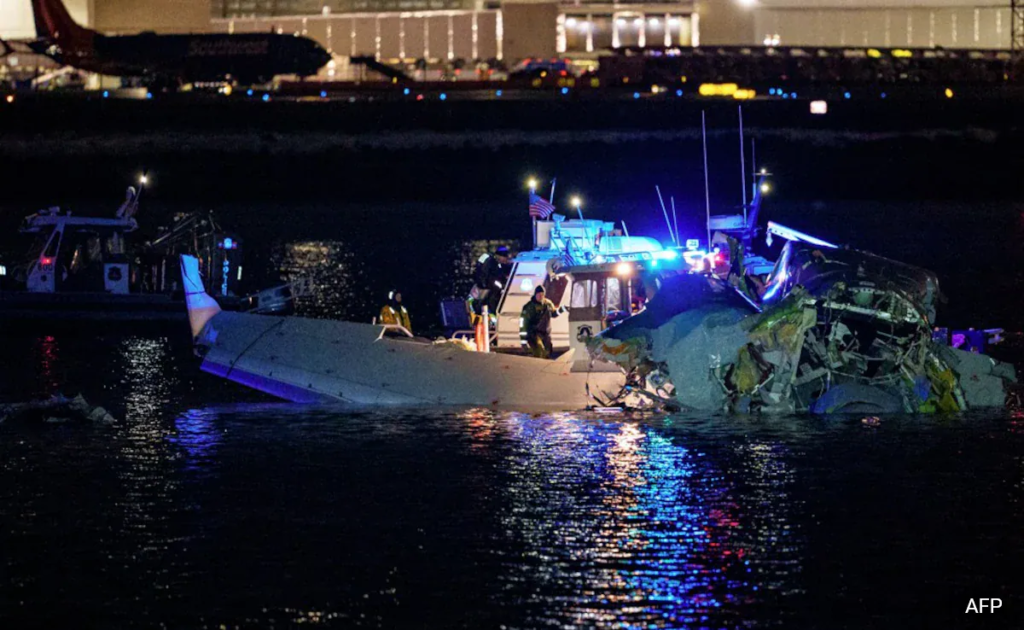
PC NDTV
The safety track record of Aviation demonstrates that it is the safest means of travel and also an industry whose people are focused on continuous improvement. The prime safety goal of the Air Traffic Management (ATM) of en-route commercial flights is to reduce the risk of mid-air collisions.
The International Civil Aviation Organization (ICAO) is a specialized agency of the United Nations that coordinates the principles and techniques of international air navigation and fosters the planning and development of international air transport to ensure safe and orderly growth. Annex 11 to the Chicago Convention titled Air Traffic Services (ATS) deals with the establishment and operation of air traffic control, flight information and alerting services. The objectives are to:
- Prevent collisions: Ensure that aircraft maintain a safe distance from each other and obstructions
- Maintain an orderly flow: Ensure that air traffic moves smoothly and efficiently
- Provide information: Give pilots advice and information to help them fly safely and efficiently
- Coordinate search and rescue: Notify the appropriate organizations if an aircraft needs help and assist them if needed
Air Traffic Control (ATC) uses radar to monitor aircraft locations and radios to communicate with pilots. ATC issues clearances to ensure that aircraft are separated safely. When the designated minima is not maintained, the incident or hazard is reported by a code word to designate aircraft proximity in an air traffic incident report called “AIR PROX”. (Source: ICAO Doc 4444 PANS-ATM)
What is “AIR PROX”?
An AIR PROX is a situation in which, in the opinion of a pilot or air traffic services personnel, the distance between aircraft as well as their relative positions and speed have been such that the safety of the aircraft involved may have been compromised. (ICAO Doc 4444: PANS-ATM).
ICAO defines a series of classifications for AIR PROX events which have been reported and subsequently investigated by an appropriate body. It is required that this classification should be assigned on the basis only of actual risk, not potential risk. This means that only the residual risk after any avoiding action is considered. The available classification categories are:
- A – Risk of collision. The risk classification of an aircraft proximity in which serious risk of collision has existed. An A AIR PROX may or may not be deemed to be a Serious Incident as defined by ICAO Annex 13.
- B – Safety not assured. The risk classification of an aircraft proximity in which the safety of the aircraft may have been compromised.
- C – No risk of collision. The risk classification of an aircraft proximity in which no risk of collision has existed.
- D – Risk not determined. The risk classification of an aircraft proximity in which insufficient information was available to determine the risk involved or inconclusive or conflicting evidence precluded such determination.
The definition and classification of an AIRPROX given above were agreed upon before the introduction of ground radar and Airborne Collision Avoidance Systems (ACAS) capable of measuring accurately the actual separation of the aircraft involved. So, do we need new definitions for AIR PROX, keeping in view the technology (ADS-B and ACAS), increased traffic in terms of Drones, Unmanned traffic and Autonomous aircraft? (Automatic Dependent Surveillance-Broadcast (ADS-B))
Reasons for AIR PROX
- Coordination of traffic when handing to other controllers.
- Complex Procedure
- Mixed Operations could be VFR and IFR traffic, Military and Civil traffic, UAV, Helicopter and Fixed-wing traffic (Visual Flight Rules -VFR, Instrument Flight Rules – IFR)
- Non-compliance with established procedure
- Failure of equipment – Radars, Radio, ACAS, Transponder
- Ineffective Supervision of Trainee -Pilot or Controller
- Human Error
- Deliberate Violation of Procedures
Preventing AIR PROX
- Mandatory reporting and investigating AIR PROX.
- Reviewing Airspace Structure
- Recurrent Training of Pilots and Controllers
- Continuous Review of safety and risk
- Capacity building like radars, radio and surveillance infrastructure
- More PBN routes
- Planning SIDS and STARS for de-conflicting traffic (Standard Instrument Departures -SIDs, Standard Instrument Arrivals-STARs)
- SBAS to enhance accuracy (Satellite Based Augmentation System-SBAS)
Conclusion
The clear message after the mid-air collision in Washington DC is that regulations and regulators could be made responsible for preventing accidents other than the providers (ATC) and Operators (Airlines and Pilots). The entire ATC system is based on data processing and information flows on Communication, Navigation and Surveillance (CNS). The entire system operates under a regulatory framework. Civil Aviation under the Government sets up this regulatory regime. The safety regulator has to be confident that everything works safely on paper as well as on the ground/ air with the required safety standards. The regulator should take account of the hazards to which they expose people.
In a new video emerged on the mid-air collision in Washington DC, both aircraft can be seen flying towards each other, then exploding and falling into the river. This accident needs a detailed investigation.
“Paper doesn’t save people, people save people”. Be Safe. Happy Landings.
Title image courtesy: https://aeroxplorer.com/
Disclaimer: The views and opinions expressed by the author do not necessarily reflect the views of the Government of India and Defence Research and Studies


